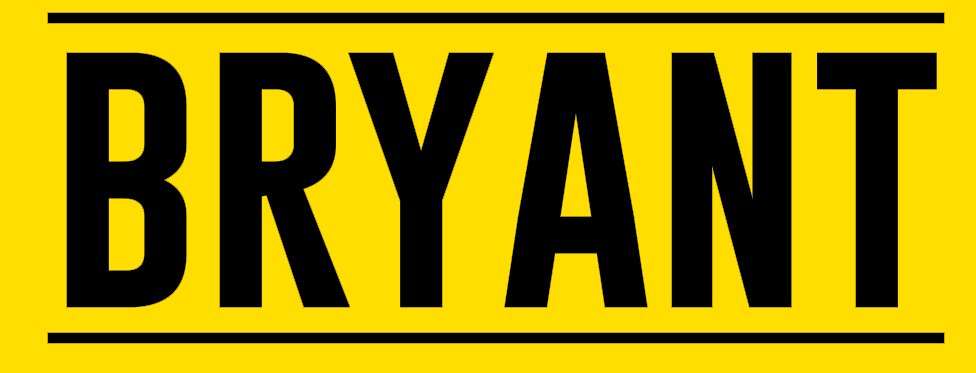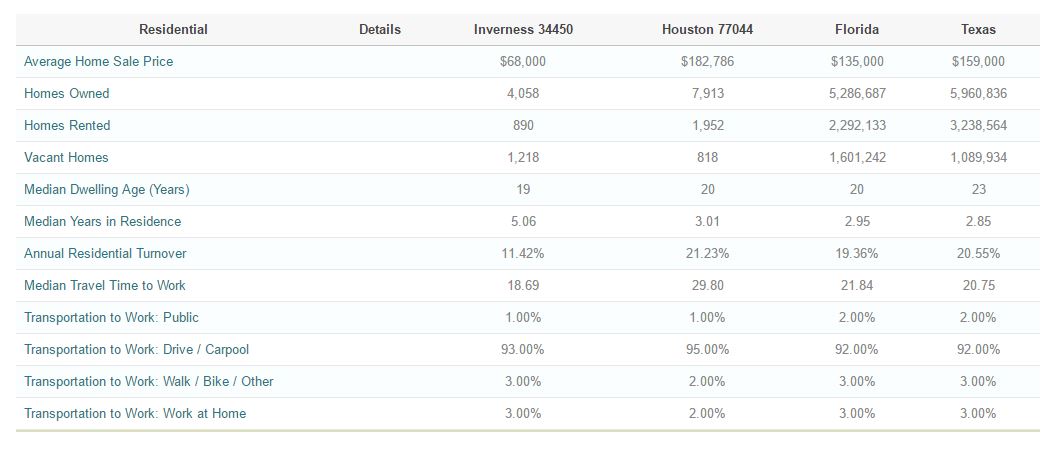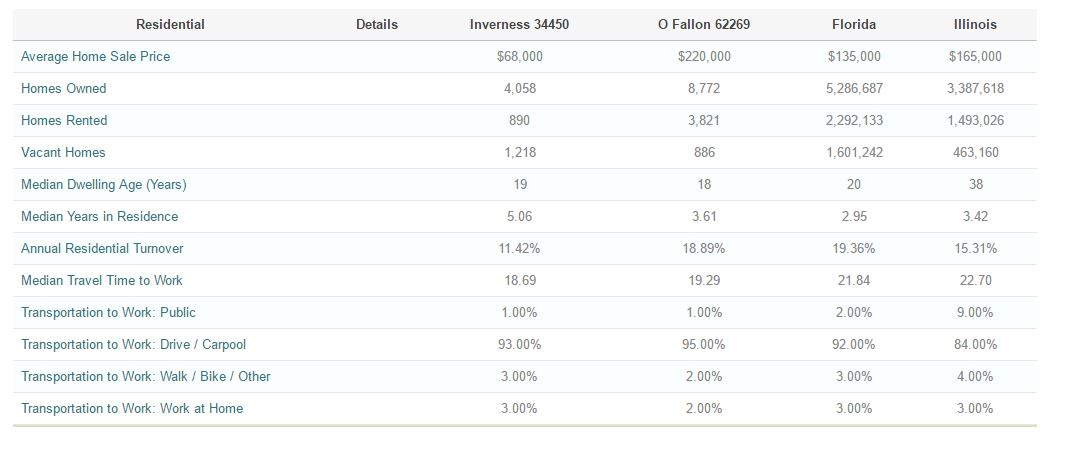I just got back from speaking at a photography conference in St Louis called Shutterfest. It is perhaps the best conference available for photographers as it includes a wide variety of topics, shooting opportunities, networking opportunities, trade show, etc. It is unique in that everything is included in one price. There is something for everyone. If you want to shoot, there are TONS of shooting opportunities. If you want to learn and take classes, there are tons of speakers and classes available. IF you want to network with others, opportunities to do so abound. Take a moment to check it out as they are starting to sell their 2018 tickets (www.shutterfest.com).
Now, something I have learned over the years in this business is that new photographers want to be successful, as do we all. They jump at opportunities to learn from industry leaders and photographers that they look up to. However, one thing I began to notice is that they are focused on numbers... just not the right numbers.
Let's make a comparison (remember this for later). There are three photographers. One averages $3000 per session while another averages $2000 and the third averages $1000. Who do you assume is the most successful?
The first thing most speakers do is get up there and tell the class what they average for sessions or how much they make in photography. I get why they do it. They want to show their class that they are successful at what they do. There is certainly nothing wrong with that. Afterall, as someone investing in a conference, you want to be taking classes put on by photographers that are successful. You dont want to hear from someone who is failing.
However, here is where the problem lies. Most photographers attending these events are relatively new. I dont remember the exact numbers, but I believe at Shutterfest it was in the neighborhood of 80% of the photographers there have been in business less than 5 years. That is A LOT of new photographers that are in the beginning stages of their careers. It just so happens that these first 5 years are the most important. Its the make or break years of their business. Most small businesses fail within 5 years, so its important that they stay on the path towards success, which brings them to these conferences. Education is certainly important and helps keep everyone focused towards their goals.
Sometimes, though, it can be harmful. For example, lets say a photographer is teaching a class and they say that they make $100k a year in profit (random number that is simple to use). That is certainly a lofty goal for many in that class and something that they are striving to make. They hear that number and feel a mix of emotions.
On one hand, they are excited about the possibilities. Hearing someone else talk about their success makes them dream of the day where they have that success. They are hopeful and most importantly, motivated to hit those numbers.
On the other hand, they are discouraged as they are no where near those numbers. They feel the weight of the pressure to succeed and hit those numbers, but they are not sure its possible or realistic. They know where they are in their business and its not where they want to be... But how far off are they in reality? That is purpose of this post.
You see, what that photographer may not realize is that they are closer than they think. Lets say they made $50k last year (again, a random number). So on the surface they are $50k off the mark. Thats a pretty big number on the surface, but lets dive into a bit and see.
What most speakers do not talk about is that there are a lot of things that go into being "successful". Goals, target sales numbers, what they consider to be doing "well" and so on all factor into business decisions. All of those things are different for every single person. Not only do we have those differences, but the biggest difference of all is the market that they are located in the the purchasing power of each dollar they make. Rarely are those things mentioned in any class, so we will mention them here.
Below are a few charts I gathered from moving.com. They are basically demographics charts that are available via the census breau. The reason I used moving.com is that I can quickly search for cities by zipcode rather than overall searches of areas. This allows the numbers to be a bit more accurate.
For example, I am located in Inverness Florida. Most data sites do not have this city as it is relatively small. Instead, they have Gainesville, Tampa and Orlando, all of which are within an hour and a half, but they are much larger than where I am, so the numbers will not be accurate. So by searching by zipcode, I am able to gather accurate numbers for my comparison.
The charts below include comparisons of income and housing costs between my city and various other cities throughout the USA. The focus of this post is to look at the Average Household Incomes and the Average Home Sale Price. These are our two important indicators we will discuss below.
Now, looking at income, you will see Inverness Florida has an average income of $47,358. Culver City (Los Angeles) has an average income of $79,161. They make roughly $30k more in Culver City than they do in my hometown of Inverness, Florida. But that doesnt tell the whole story either. Lets look at housing. The average home price in Inverness is $68,000. The average home price in Culver City is $422,500. That is a HUGE difference.
Now lets look at the rest. You can see the differences between where I am located and some of the other cities around the US. Some are big, some are small. It will give you a mix of different areas so you can see some of the differences.
What does all this mean? Well its simple. Different areas make different amounts of money. Thats pretty much common sense, but what many dont think about is that each area also has a different cost of living. Sure, we know that on the surface, but how often do we think about it? We dont. We get caught up in numbers people are telling us and we dont think about the cost of living in the location that they service. We hear they are making $100k profit which is higher than the $50k profit they are making.. Then they get discouraged that there arent there yet.
But what if I told you the person making $100k profit is in Culver City and the person making $50k profit is in a city similar to Inverness, Florida? The person in a city like Inverness only needs and average of $68k to buy a house. The person in Culver City needs $422,500. Suddenly, that person making $50k isnt doing so bad now are they? Even if that speaker was making $200k per year in profit, the person making $50k isnt doing so bad.
On the surface we hear that big number and are shocked. We are impressed that they are making that much. We get blinded by their "success". The reality is we may be closer to them then we think. We may not need to make $200k a year in the area we are in to have the same amount of "success" as they do.
Now, housing isnt the only cost we need to look at. We also have food, utilities, transportation, etc. These things make up the cost of living expenses. Cost of living differences can be huge. Lets take a look at a few more charts from bestplaces.net..
These charts show you what I would need to make in another city if I was making $100k in Inverness Florida (again, just a random number for simplicity). These charts show the cost of living differences between cities. If I were to move to Los Angeles, I would need to make $192,361 to live an equivalent life as I do in Inverness. In Houston, Texas its a bit closer at $118,403.
Remember that comparison I gave in the beginning with the 3 photographers averaging $3000, $2000 and $1000 respectively? What if I told you that photog 1 who averaged $3000 lived in NYC. Photog 2 lived in LA and Photog 3 lived in Inverness? On the surface, photog 1 is making $2000 more per session than photog 3 (3x more). Photog 2 is double photog 3. Yes, photog 1 is still making more than photog 3 once you factor in cost of living, but its no longer 3x more. Photog 2 is about equal to photog 3. On the surface, what looked like a HUGE difference, is no longer that big of a difference, if there is a difference at all.
What is the point in all of this? The point is to not focus on the "success" of one photographer and get discouraged that you are no where near their numbers. They live in a different market and have a variety of different factors to consider. Average income for their market, cost of living expenses, etc all factor into the prices that photographers need to charge. Not every photographer will be the same, but that doesnt mean you cant be as successful, even if your numbers are less. Focus on your business and creating the numbers that YOU need to hit in order to reach your success. Dont worry about the numbers others are hitting that may seem significantly higher than yours. Your numbers may not be as far off as you may think :D

















